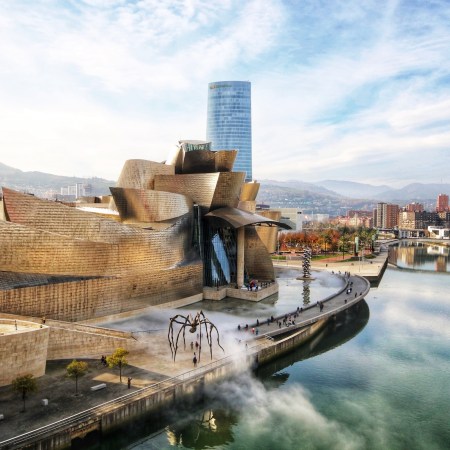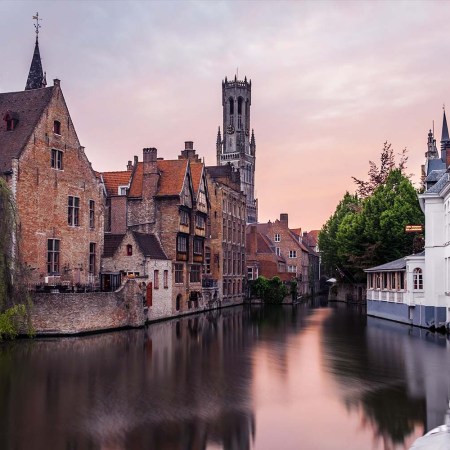At an elevation of 19,341 feet, Mount Kilimanjaro in Tanzania is the highest free-standing mountain rise in the world, one that nearly 30,000 alpinists attempt to climb every year. Not one of those climbers has, for obvious reasons, ever had access to wifi on the mountain. But the year is 2022, and because “off-the-grid” very rarely means complete disconnection anymore, that’s about to change.
Climbers now have access to high-speed internet on the mountain, which means they will be able connect to wifi “up to an altitude of 12,205 feet,” per NBC News. By the end of the year, the country hopes to offer it all the way to the summit.
“I am hoisting high-speed INTERNET COMMUNICATIONS (BROADBAND) on the ROOF OF AFRICA,” Nape Nnauye, Tanzania’s minister of information, communication and information technology, tweeted on August 16. “Tourists can now communicate worldwide from the summit of Mount Kilimanjaro. WE ARE GOING TO UHURU PEAK 5880 Meters Above Sea Level!”
That’s right, by end of year you’ll be able to post your selfies right to the ‘gram from Mount Kilimanjaro’s peak — the news of which has, unsurprisingly, solicited a mixed bag of reviews. At the Matador Network, Suzie Dundas goes through the pros and cons.
There are many benefits to having wifi on a mountain where there are roughly 10 fatalities a year, safety chief among them. Now, should a hiker need immediate assistance, it will be exponentially easier for rescuers to pinpoint their location, thus expediting the speed at which they’re able to reach said hiker.
It’s also pretty cool, Dundas posits, that hikers will be able to share their climb in real time by way of photos, texts, emails and even live streams. However, that’s also where things start to get a little dicey. Hiking Kilimanjaro is obviously no small feat, even for the most experienced of alpinists. Not only does it require a certain level of experience and physical fitness, it also warrants your undivided attention, which a vibrating phone doesn’t necessarily lend itself well to.
Lastly, as Dundas points out, installing wifi on Kilimanjaro sends a less than stellar message: the mountain, which largely serves tourists, takes precedent over the surrounding villages; 17% of the population reportedly does not have access to cell service. Although, it does bear mentioning that Kilimanjaro climbing tourism brings in about $50 million, or roughly 18% of the country’s GDP, annually.
For more travel news, tips and inspo, sign up for InsideHook's weekly travel newsletter, The Journey.


















